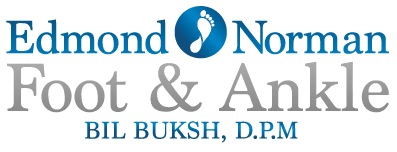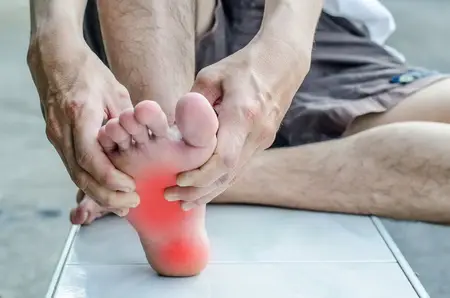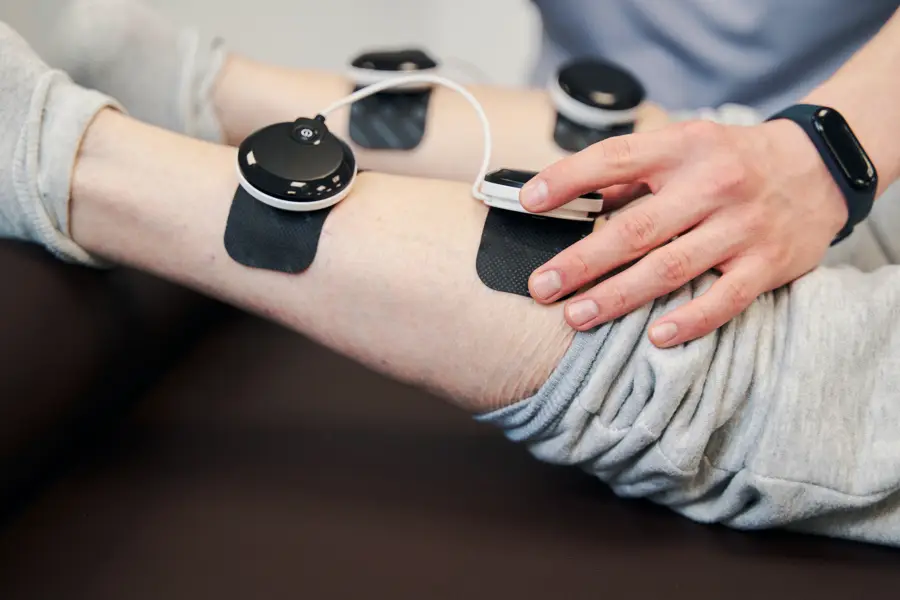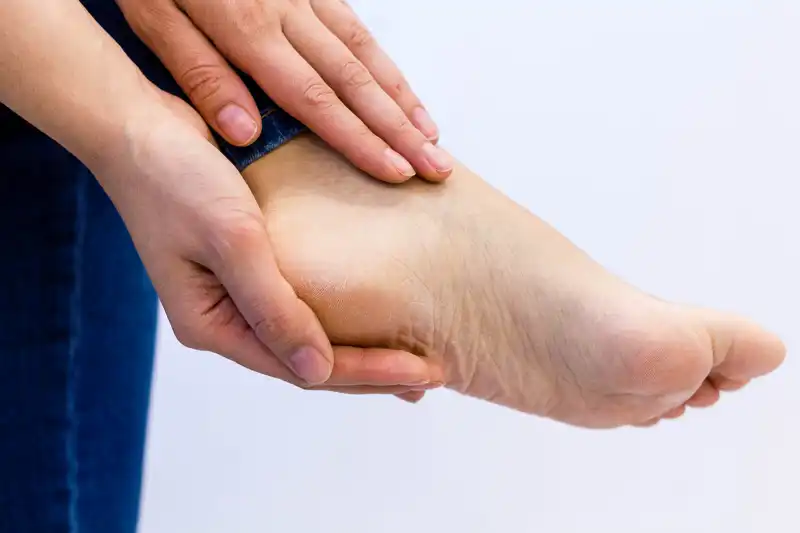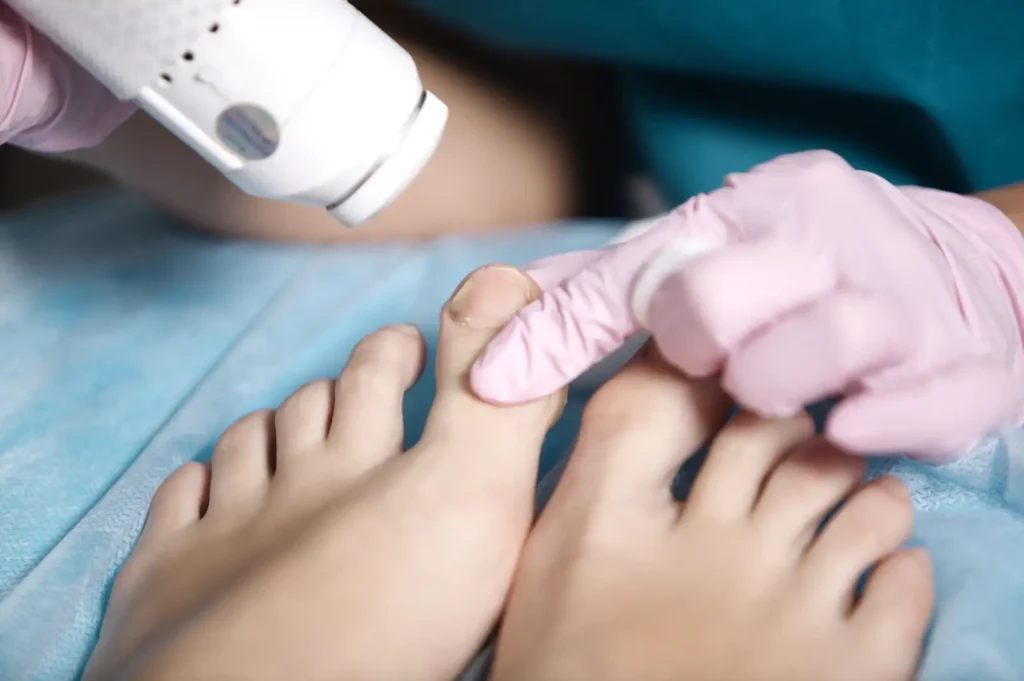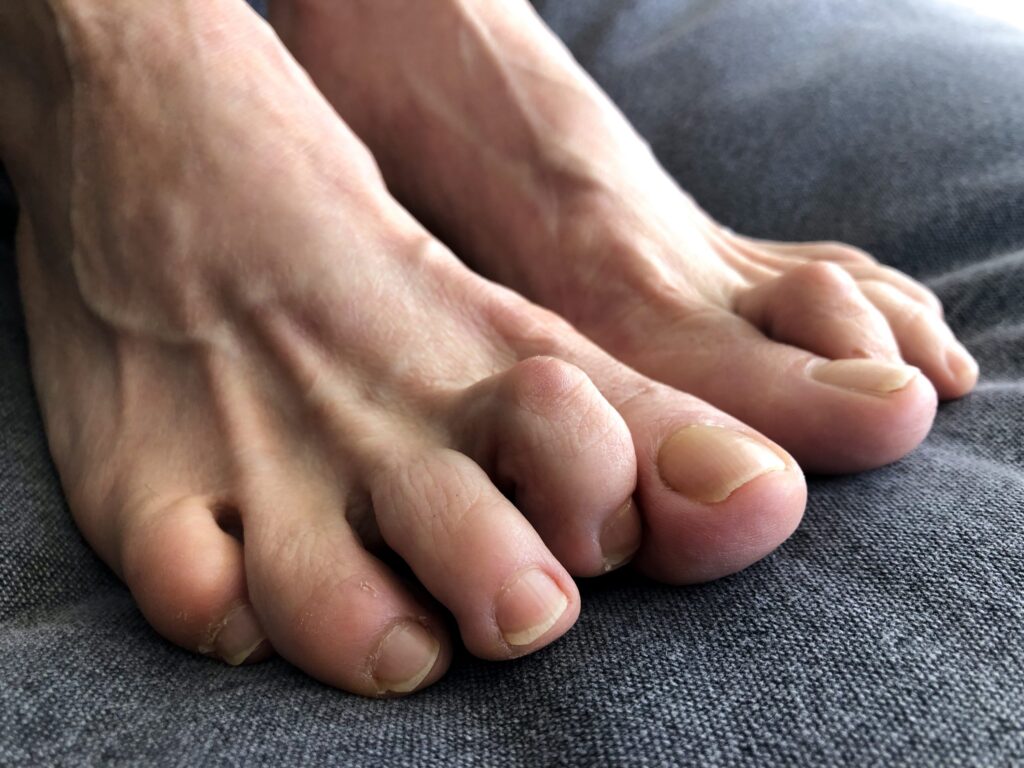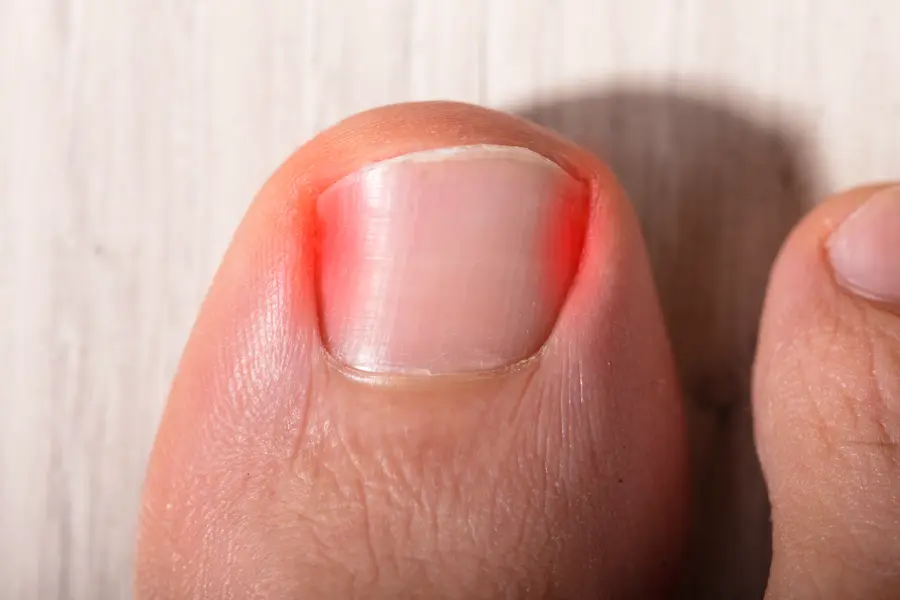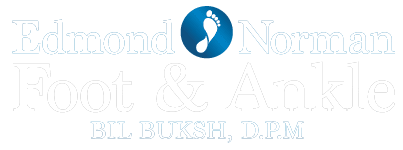Minimally Invasive Procedures
What are Minimally Invasive Procedures?
Minimally invasive procedures in podiatry refer to surgical techniques that use small incisions and specialized instruments to correct foot and ankle disorders. These techniques are designed to cause less harm to the tissues surrounding the area being operated on, which can lead to quicker recovery times and less post-operative pain compared to traditional open surgery.
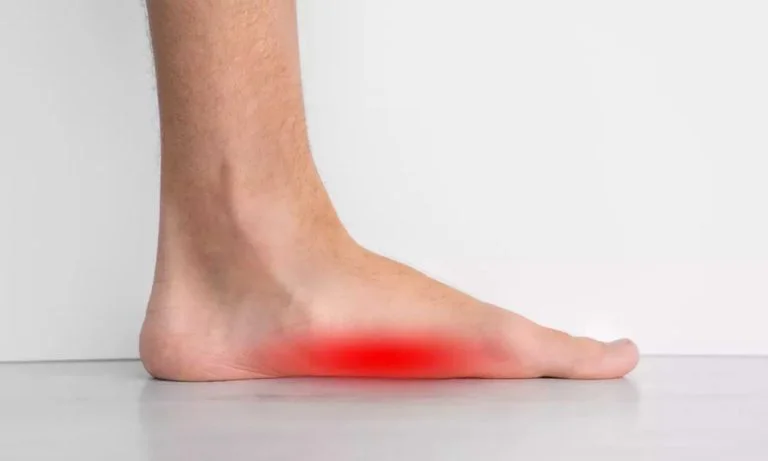
What conditions are treated with minimally invasive procedures?
Minimally invasive podiatry procedures can treat a wide range of foot and ankle conditions, including:
- Bunions and hammertoes
- Heel pain (such as plantar fasciitis)
- Achilles tendon disorders
- Metatarsalgia (pain in the ball of the foot)
- Morton’s neuroma
- Flat feet and high arches
- Fractures and joint dislocations
- Ankle instability
